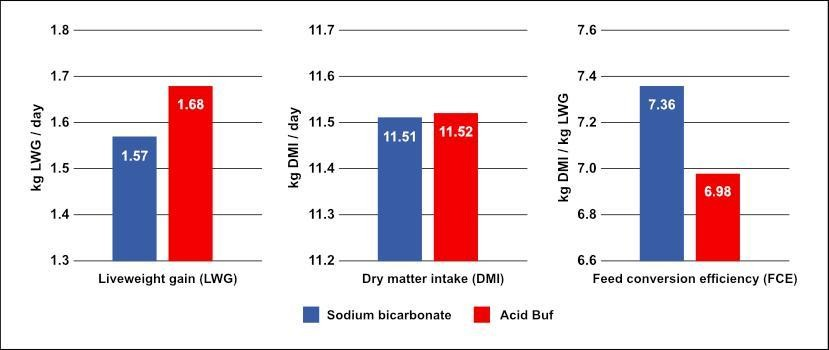Finishing cattle off grass can be one of the most cost-effective ways to produce quality beef. Yet too often the potential advantages of
lower feed costs and higher margins are undermined by poor rumen function and low feed efficiency.
“Grass is the cheapest feed available on most farms, and it produces what many consider to be a higher quality end product that has greater marketing potential,” states Dr Jamie-Leigh Douglas, AB Vista’s Technical Support Manager.
The reduced stocking density of grass-based finishing also contributes to the mitigation of fighting behaviour and generally higher health status (due to the reduction in disease incidence) seen in extensive systems.
Reducing nutrient loss
“However, to make full use of the low-cost nutrients in grass, it’s essential that the rumen is functioning efficiently,” Dr Douglas adds. “Anything that compromises rumen fermentation will lead to nutrients being lost, reducing feed conversion efficiency (FCE), growth rates and margins.”
Specific challenges include grass nutrient content, with low fibre levels and variable sugar content – which can vary by 5–10% throughout the day – both capable of predisposing cattle to sub-acute ruminal acidosis (SARA).
Grass availability and intakes vary considerably depending on the season and weather, and finishing times are longer than for intensive systems. Some form of supplementary feeding is often needed to achieve adequate fat coverage and hit target carcase specification.
“To get the most out of grass-based finishing it’s important to play to the system’s strengths,” Dr Douglas continues. “Maximising the capture of those nutrients and converting them efficiently into growth therefore has to be a top priority.”
Improving rumen conditions
The key is to optimise rumen function, and fibre digestion in particular, which is compromised any time the rumen drops below pH 5.8 (the threshold for SARA is pH 5.5). The maintenance of the anaerobic conditions required by fibre-digesting rumen microbes is also critical.
“Increasing the time the rumen spends within the optimum pH 5.8–6.2 range is one of the most effective ways to get more from grazed grass,” Dr Douglas explains. “Whether the acid loading comes from low grass fibre levels, or supplementing with starch to promote finishing, the impact of low rumen pH is the same.
“Nutrient capture will be reduced, growth rates cut and more feed will be needed to achieve the same level of finish. And the effect is compounded by changes in rumen outflow rate that can lower grazing intakes, further reducing nutrient supply.”
Conditioners and yeasts
Dr Douglas’ advice is to buffer rumen pH with a slow-release rumen conditioner such as Acid Buf. More effective at stabilising rumen pH than mineral buffers like sodium bicarbonate, Acid Buf also supplies higher levels of bioavailable calcium and magnesium which can have a calming effect on cattle.
In a University of Milan study involving 126 Charolais bulls, feeding Acid Buf instead of sodium bicarbonate increased growth rate by 7% for no additional feed intake, resulting in a 5% improvement in FCE (figure 1). In addition, the 63 cattle receiving Acid Buf showed clear signs of a reduction in aggressive behaviour, with just two incidences of fighting or mounting observed during a two-hour observation period compared to seven.

“Similar performance improvements have been seen when using the live yeast Vistacell,” states Dr Douglas. “A trial using 40 Limousin cattle resulted in an 8% increase in growth rate and an average FCE improvement of between 5.4% (heifers) and 6.7% (steers).
“These gains again come from improved conditions in the rumen. Vistacell both mops up excess oxygen to help maintain anaerobic conditions, and competes for excess sugars which would otherwise be converted into lactic acid (the primary cause of SARA).
“So whether you choose to use a conditioner, a live yeast or both, the potential performance gains are substantial. The impact on margins and profitability are definitely worth considering.”